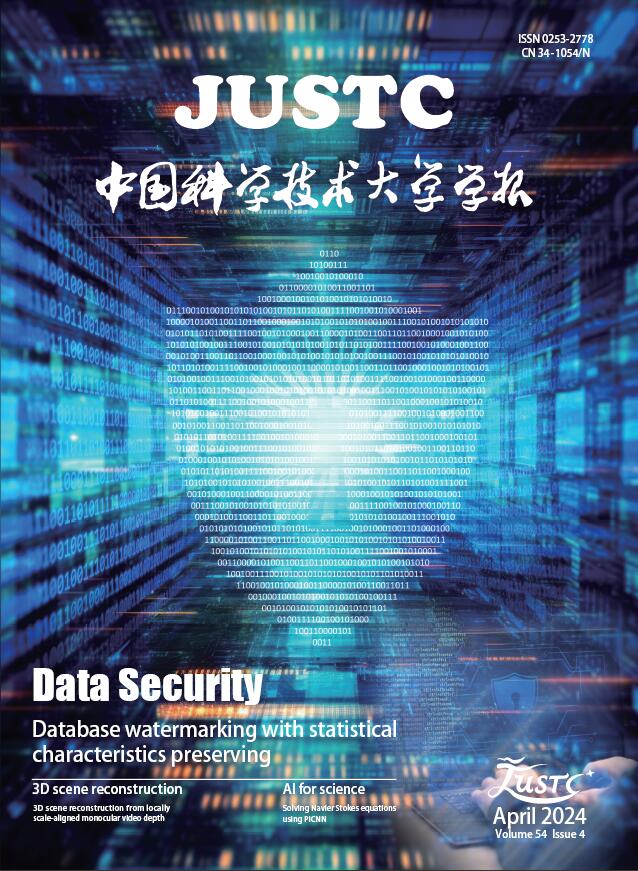2016 Vol. 46, No. 3
Display Method:
2016, 46(3): 173-179.
doi: 10.3969/j.issn.0253-2778.2016.03.001
Abstract:
2016, 46(3): 180-187.
doi: 10.3969/j.issn.0253-2778.2016.03.002
Abstract:
2016, 46(3): 188-199.
doi: 10.3969/j.issn.0253-2778.2016.03.003
Abstract:
2016, 46(3): 222-230.
doi: 10.3969/j.issn.0253-2778.2016.03.007
Abstract:
2016, 46(3): 231-237.
doi: 10.3969/j.issn.0253-2778.2016.03.008
Abstract:
2016, 46(3): 238-246.
doi: 10.3969/j.issn.0253-2778.2016.03.009
Abstract:





